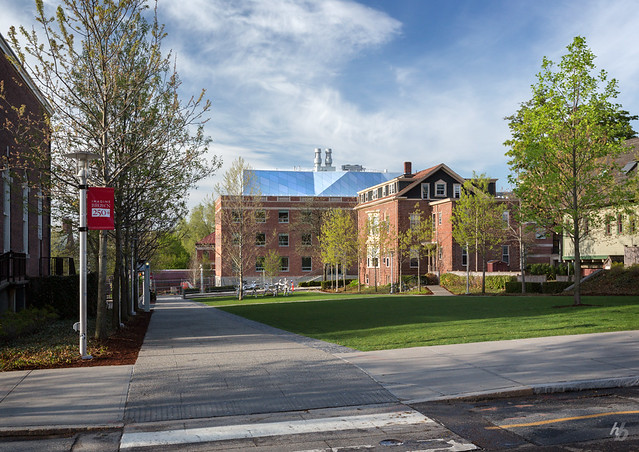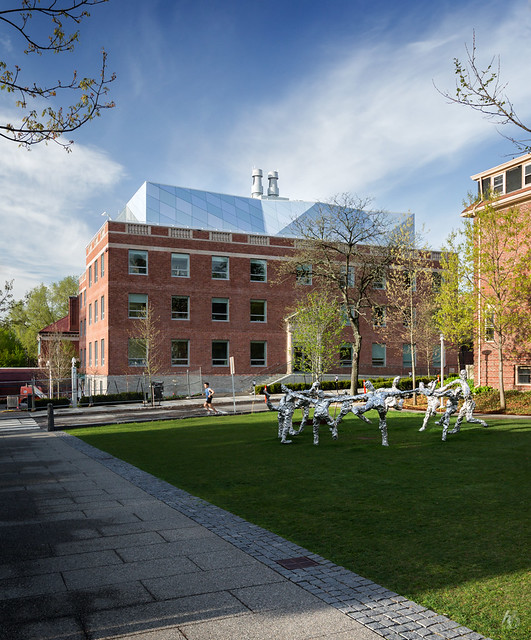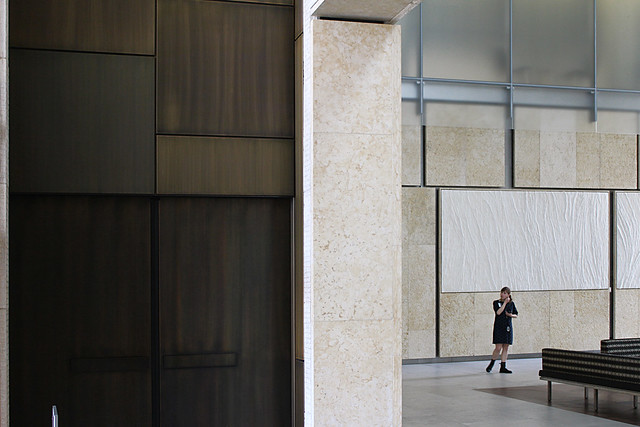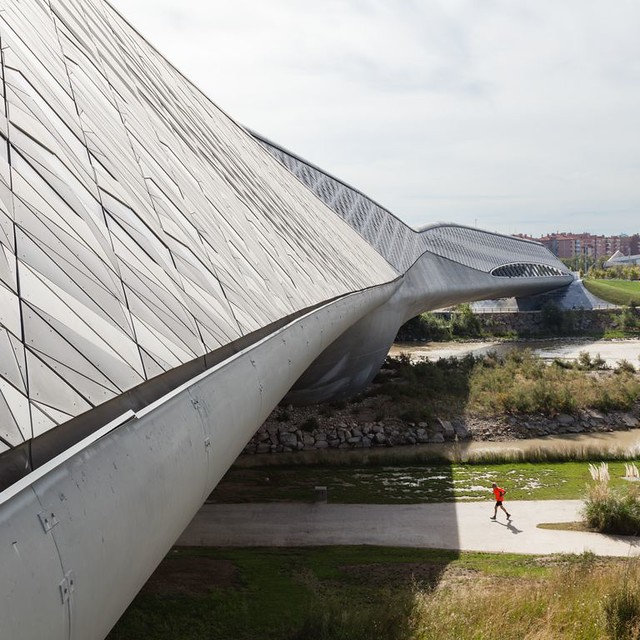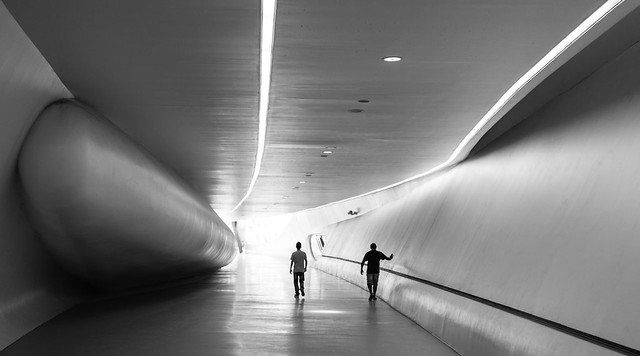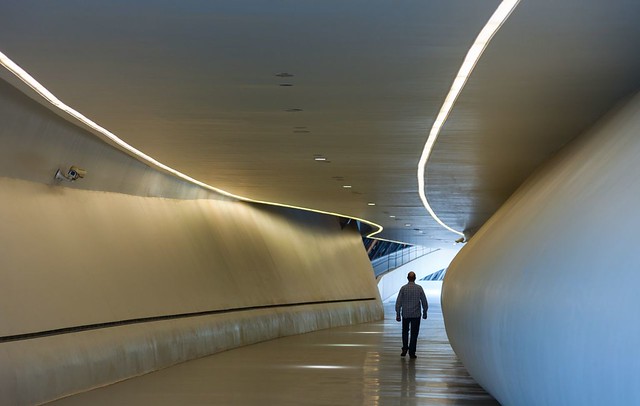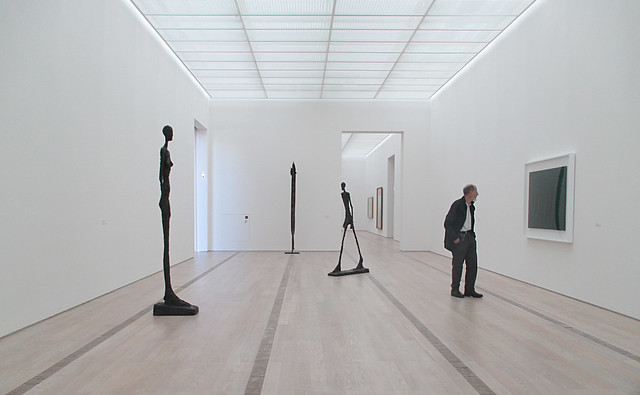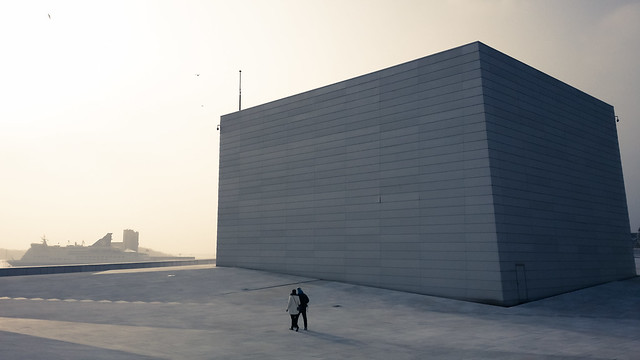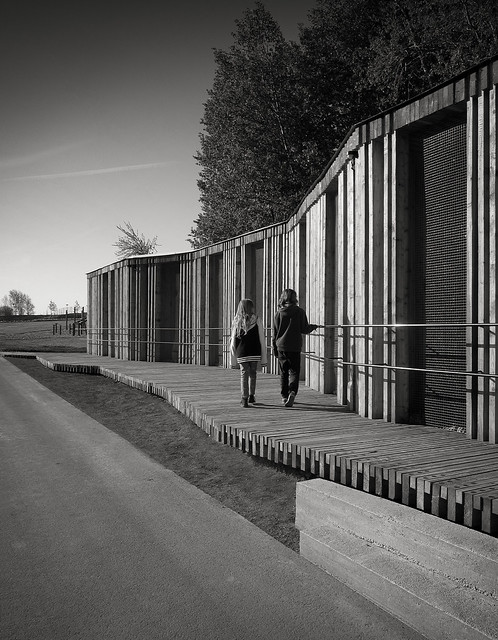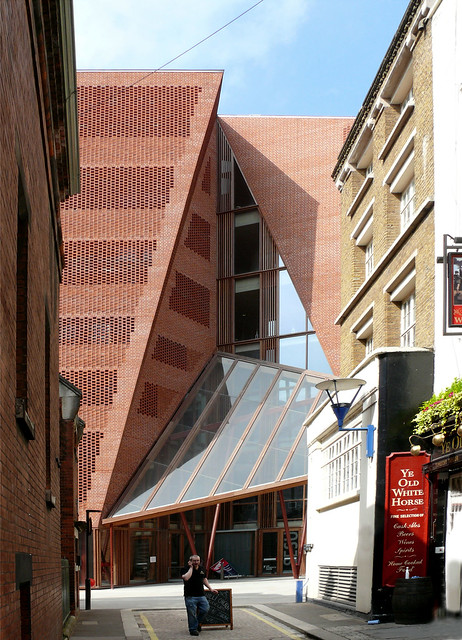Permanent Change: Plastics in Architecture and Engineering edited by Michael Bell and Craig Buckley
Princeton Architectural Press, 2014
Hardcover, 272 pages

The
Materials Project, led by Michael Bell, is considered one of Columbia GSAPP's "Flagship Projects." Starting in 2007 the school hosted four two-day conferences focused on a material category: glass (2007), concrete (2008), metal (2009) and plastic (2011). A fifth conference, on light, was planned, but it's looking like that one will never happen, perhaps because light is the most immaterial of architectural materials. Each conference resulted in a companion publication that collected the scholarly papers that covered the spectrum that Bell and his fellow organizers set up: architectural theory on one side and engineering on the other.

[U.S. Pavilion at Expo67 in Montreal by R. Buckminster Fuller | image
source]
The latest book's focus on plastics comes across even before looking inside: in lieu of a coated paper dust jacket, a clear plastic one is used, reminiscent of the first
Materials for Design from PAPress and the old
Verb "boogazines" from Actar. Mark Wigley, Dean of Columbia GSAPP at the time of the conference, even mentions "the skins of our books" as one of many ways "we live in a plastic world." When
I attended the Permanent Change conference in March 2011, Wigley's talk was one of the standouts, memorable in the way he used R. Buckminster Fuller as a proponent of plastics, showing his Expo '67 dome in Montreal as a fire engulfed it and destroyed its acrylic skin. Wigley's essay, "The Plastic Line," is one of the longer pieces in the book, and he uses the many pages to dig into Fuller's often overlooked use of plastic in his domes and other projects.

[Manufacturing at North Sails | Image
source]
Wigley's contribution falls in the book's first section, History and Theory. The proceedings are separated into it or three other sections: Projects, Structure and Energy, and Cultural Effects. It's obvious from the names of these sections that the architectural side takes precedence over the engineering side, since the latter is limited to the Structure and Energy section. One of the most fascinating conference presentations, included in this section of the book, is the least architectural: Bill Pearson of North Sails discusses three-dimensional laminate sails. The inclusion of North Sails in the conference and book makes perfect sense, since architects like Greg Lynn have long championed the advanced construction techniques in the manufacturing of cars, planes, and boats. Architecture is like an archaic practice in comparison.

[
Unilever HQ by
Behnisch Architects | Photo by
Kai Nicolas Schaper on flickr]
One way that the fourth book differs from a couple of the previous Materials Project books I've reviewed is that a major project does not anchor the proceedings. For
Engineered Transparency, SANAA's Glass Pavilion at the Toledo Art Museum was seen as a paradigm-shifting project, while Rafael Moneo's Northwest Corner building graced the cover of
Post-Ductility; the latter may not be as earth-shattering a precedent, but its location on Columbia University's campus didn't hurt in giving the building more attention than it might deserve. Behnisch Architects' Unilever HQ – its façade is a double wall with the outer surface of stretched ETFE – would probably be a good candidate, but discussion of the project is limited to one page in the Structure and Energy section. (The other candidate, profusely illustrated in the book, is Lebbeus Woods's Light Pavilion he carried out in China with Christoph a. Kumpusch, a presentation I unfortunately missed at the conference.) The lack of a center is telling, for it reveals that plastic is not as simple for architects and engineers to grapple with as glass, metal and concrete. This collection of essays and projects gives architects interested in plastic much to consider, even if the ideal forms for the varied material are far from clear.
